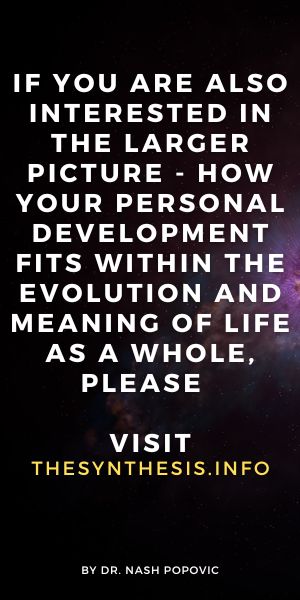51. Influence
51. Influence
People are usually more convinced by reasons they discovered themselves than by those found by others.
Blaise Pascal (17c French mathematician)
Influence is unavoidable – most interactions involve small or big influences (e.g. a shop-assistant may influence thoughts, your choices or even your mood). There are many ways of influencing each other though. To make sense of it all, we need to consider various types of influence. Influences can be intentional and unintentional. Unintentional ones are common – for example, you may be influenced by a celebrity even if she had no intention of influencing you. However, we will focus here on intentional ones. There are two types of such influences: instrumental and intrinsic.
Instrumental and intrinsic influences
Instrumental influences are concerned with immediate goals rather than with the persons involved or long-term outcomes. They can be covert (manipulations through sweet talk, flirtation, emotional blackmail, teasing, hints, etc.) or overt (coercions by orders, threat, punishment, or reward). Covert influences are almost never justified (except perhaps if in danger or on a spy mission). Overt influences too are not desirable, but they may sometimes be necessary as a last resort: for example, when there is no time for explaining, when somebody behaves contrary to their better judgment or to what was agreed, or when somebody refuses to engage with or consider rational arguments. These are some common tell-tale signs of instrumental influence:
- the nature of delivery is emphasised over the content (e.g. shouting, whining, being overly friendly, etc.)
- using emotional language rather than reasoning
- appealing to one’s weaknesses (e.g. flattery)
- bringing up unrelated issues
This type of influence is quite common but its effects are usually superficial and short term. It also runs the risk of creating an even stronger resistance, so let’s consider another type of influence.
